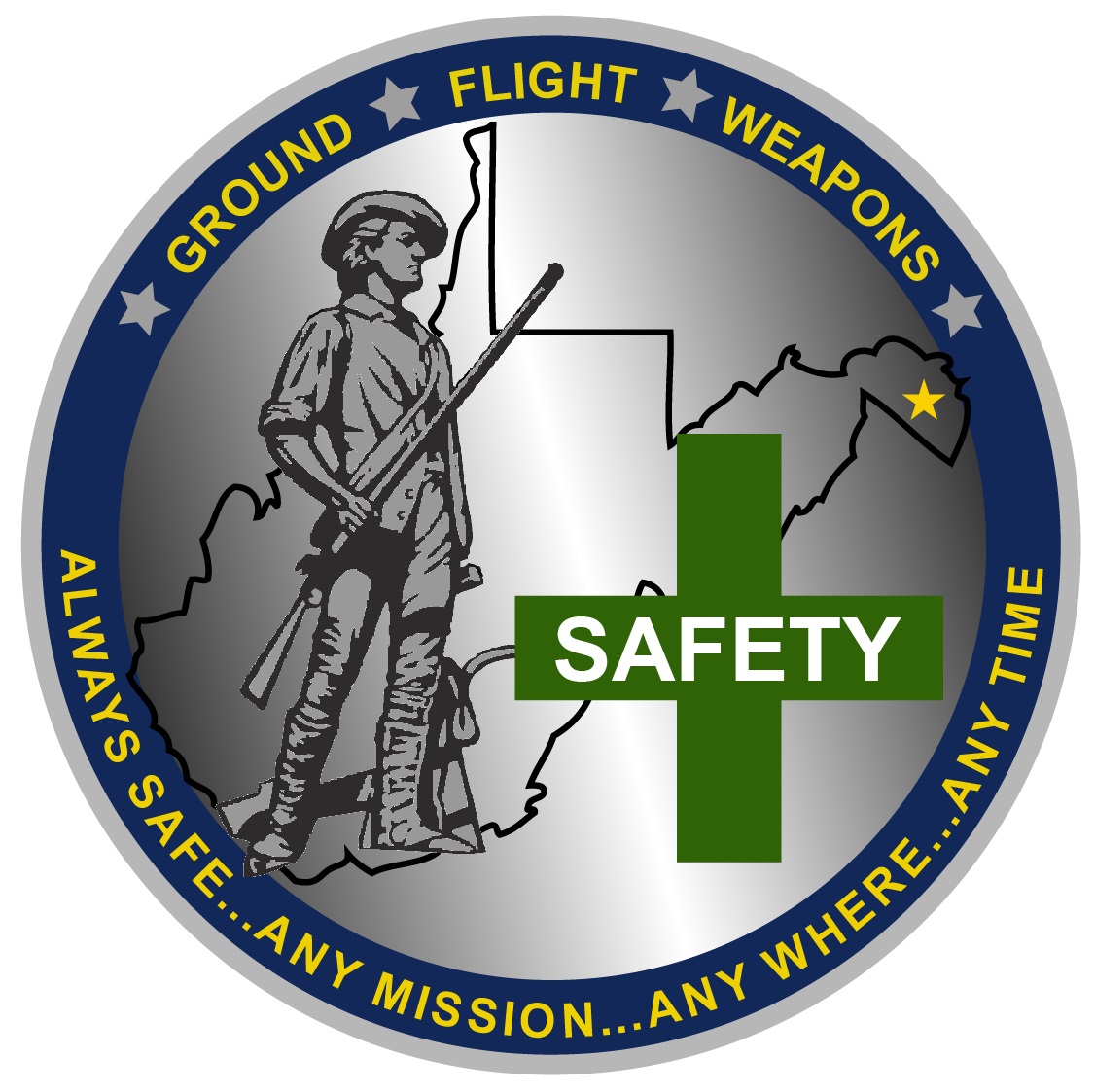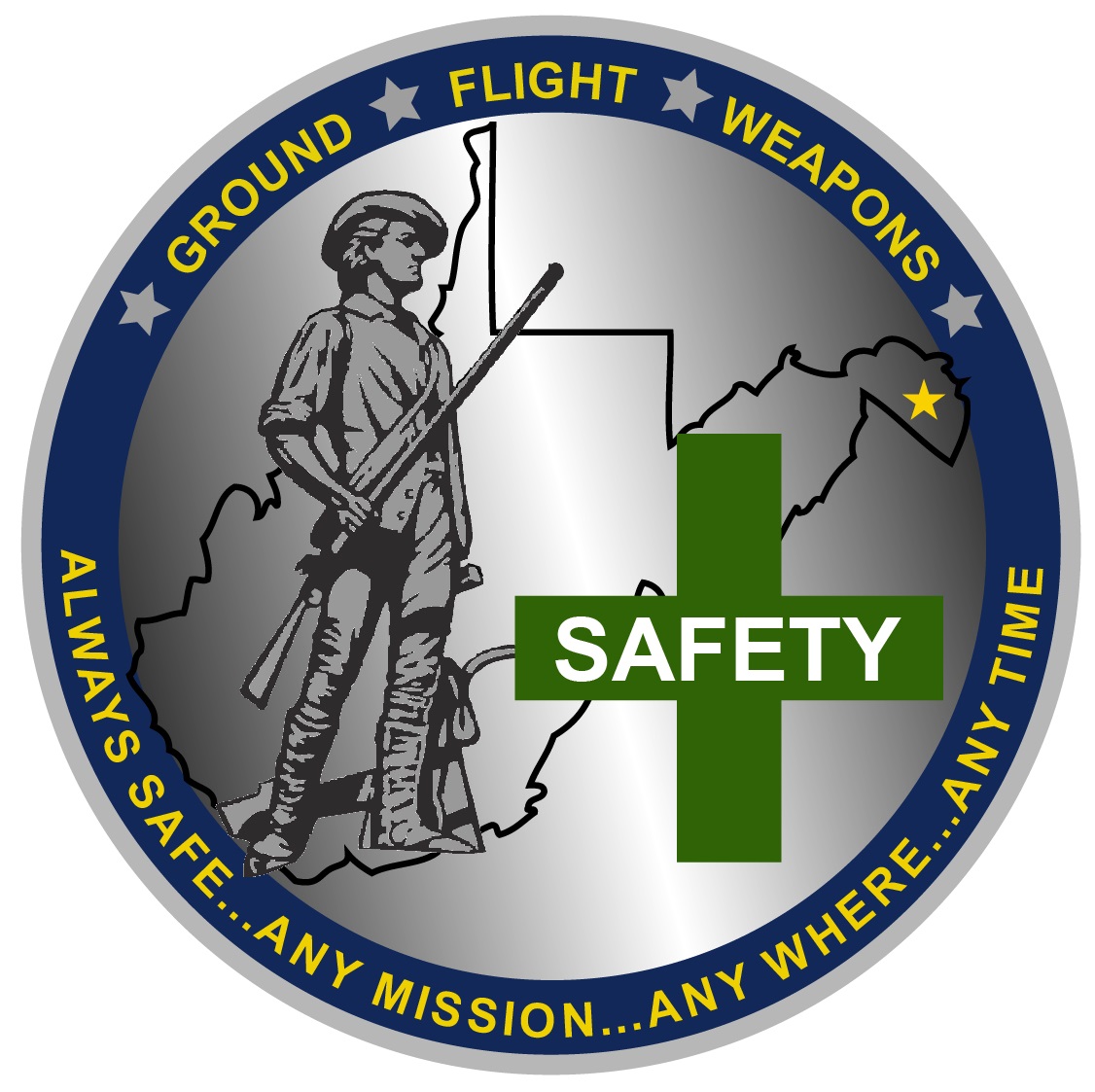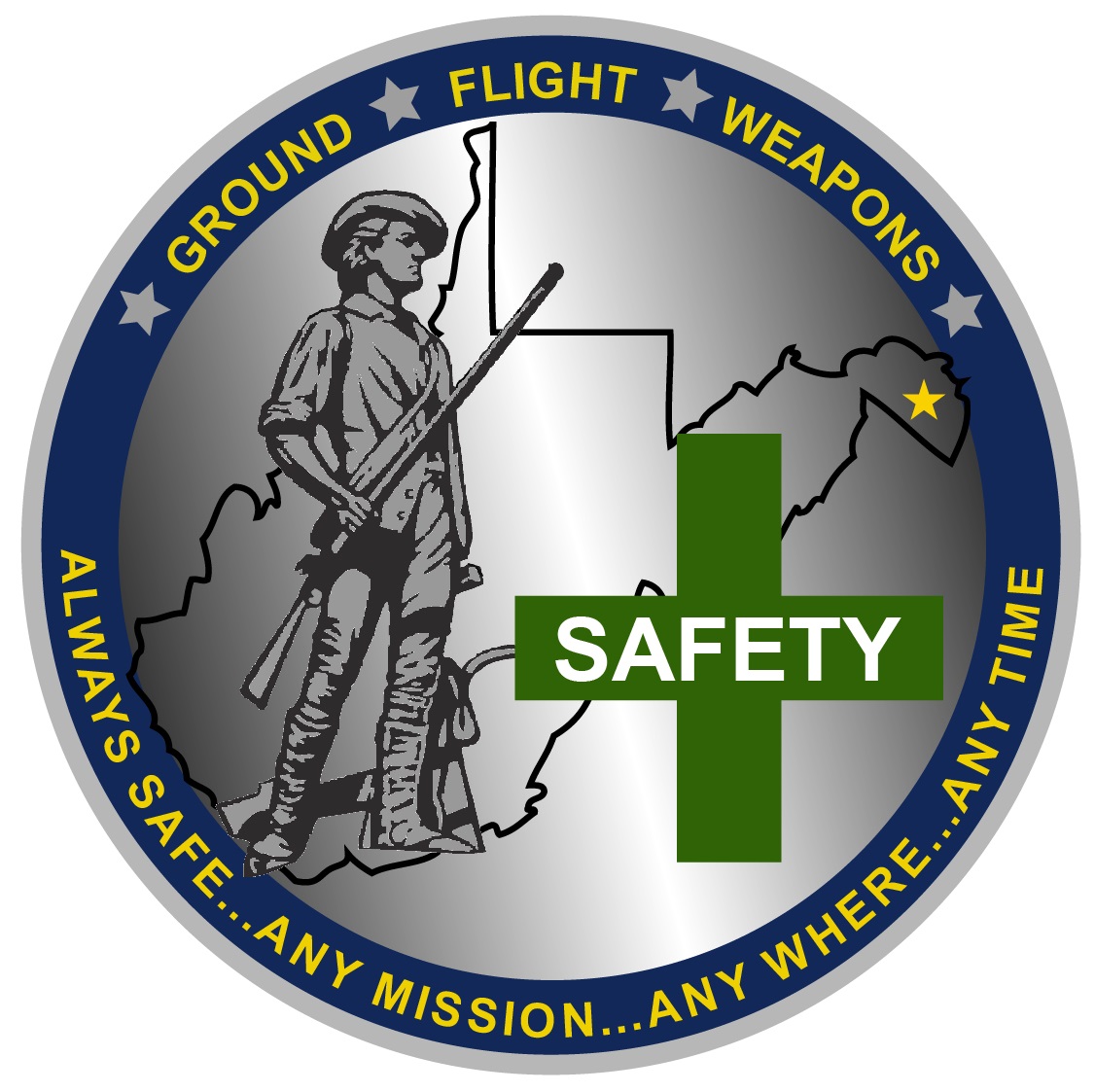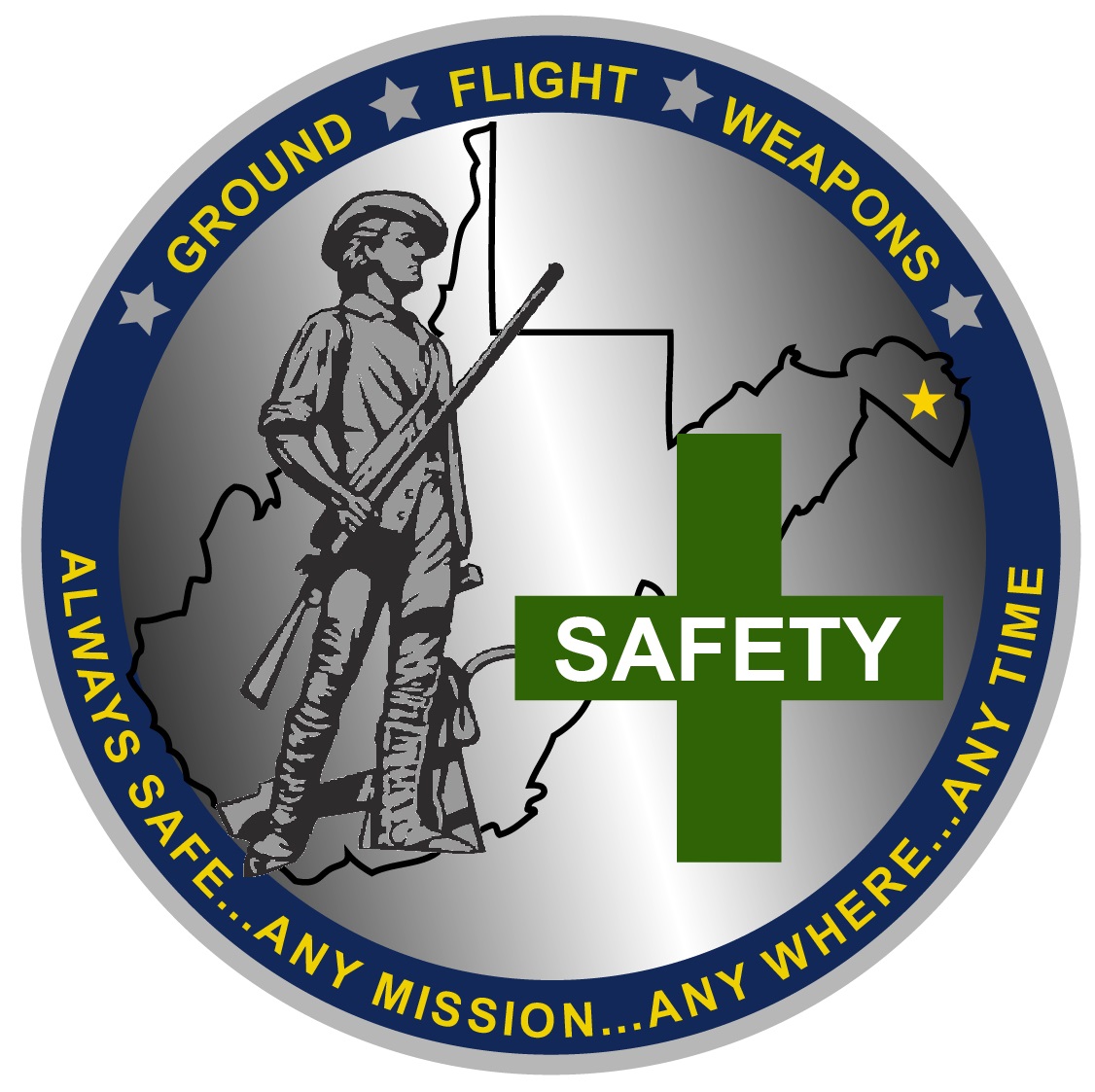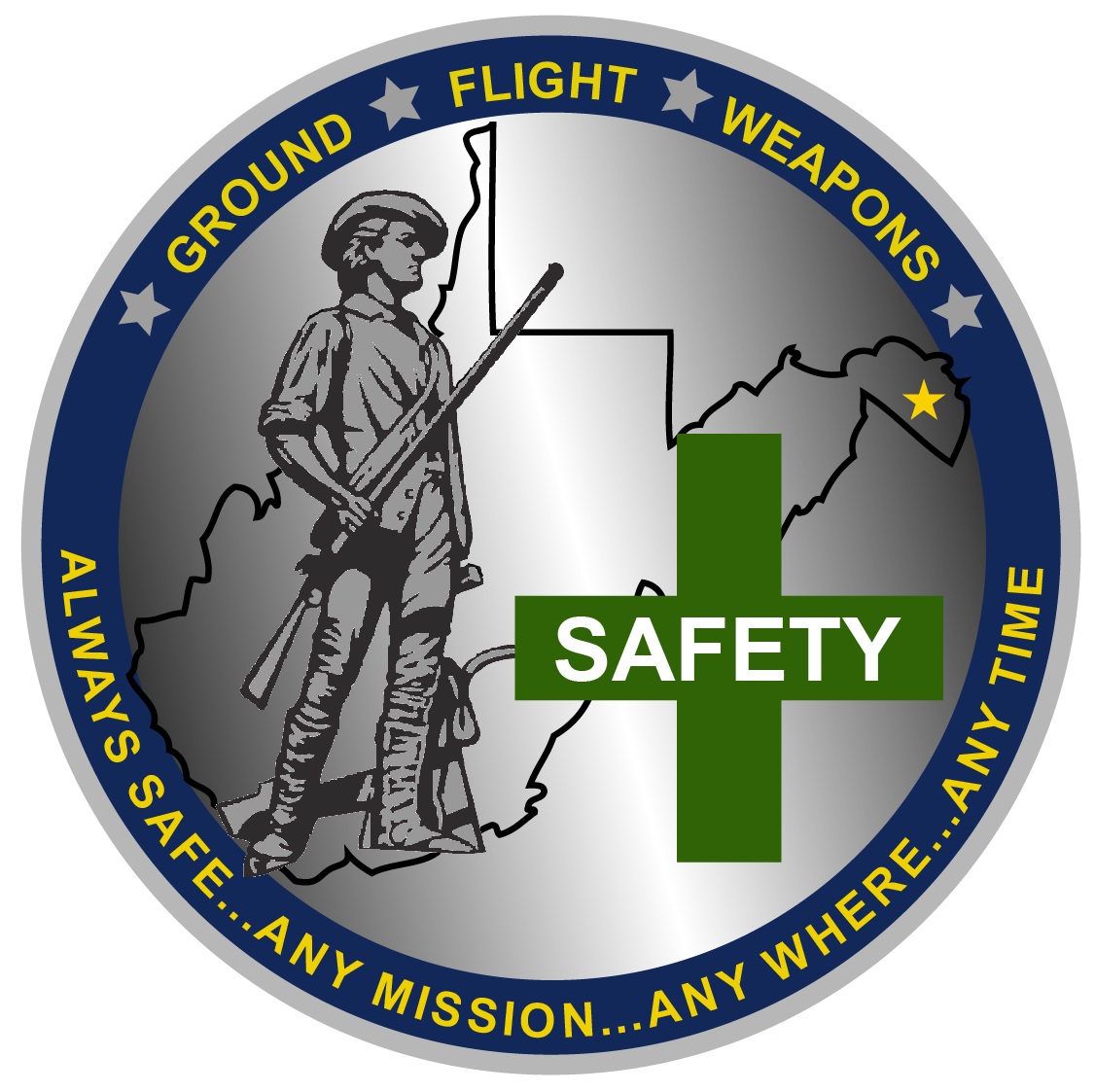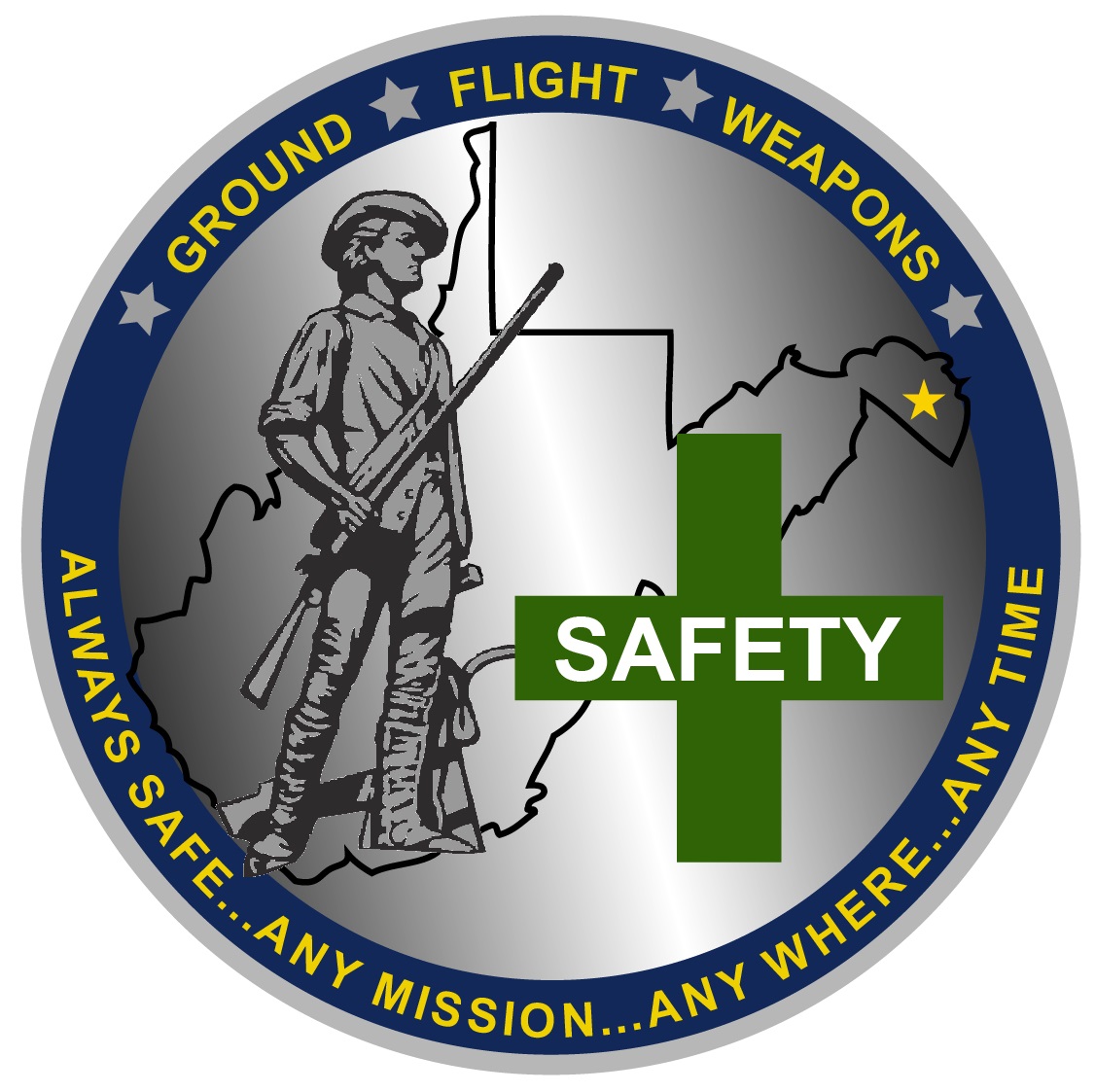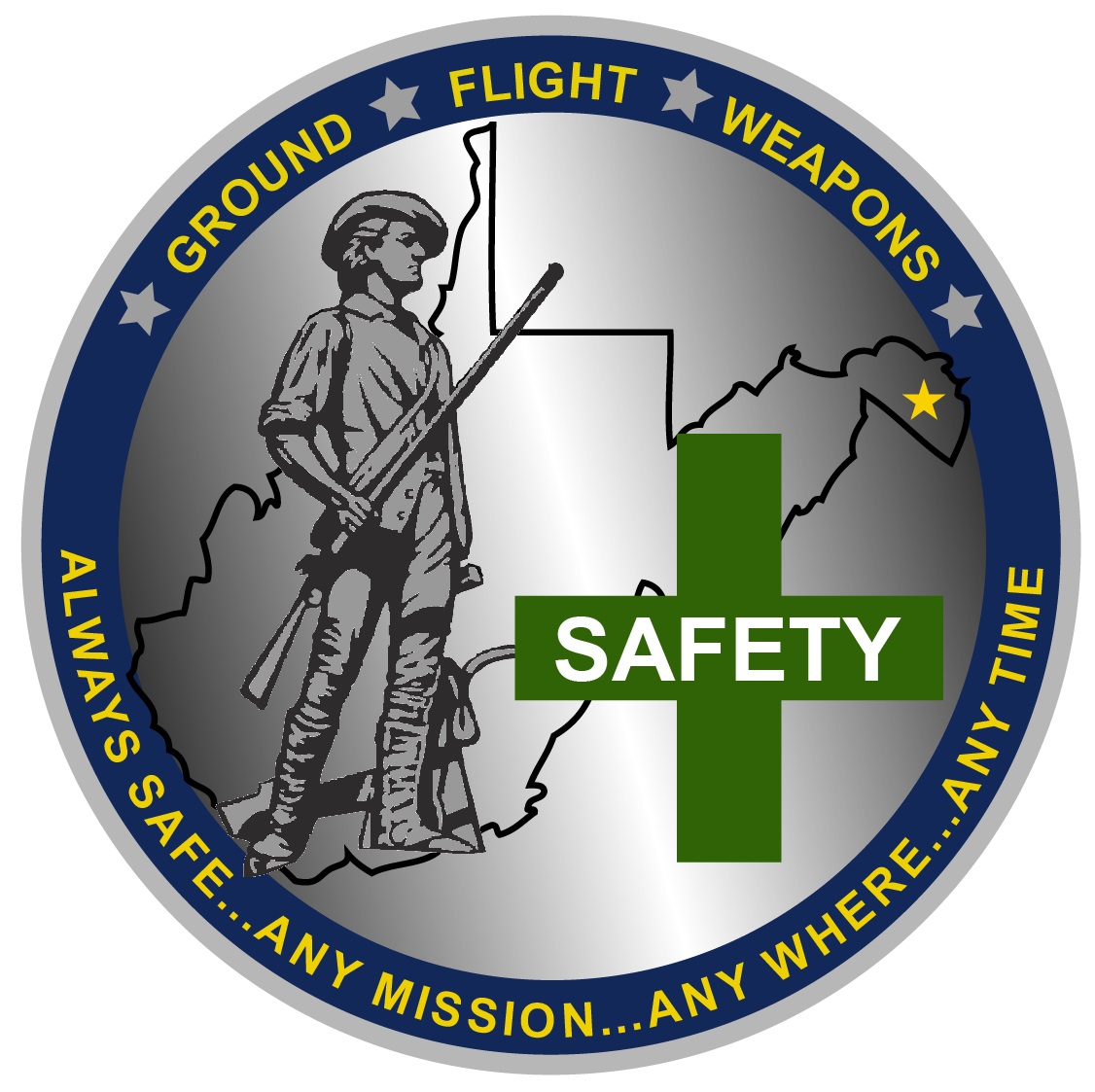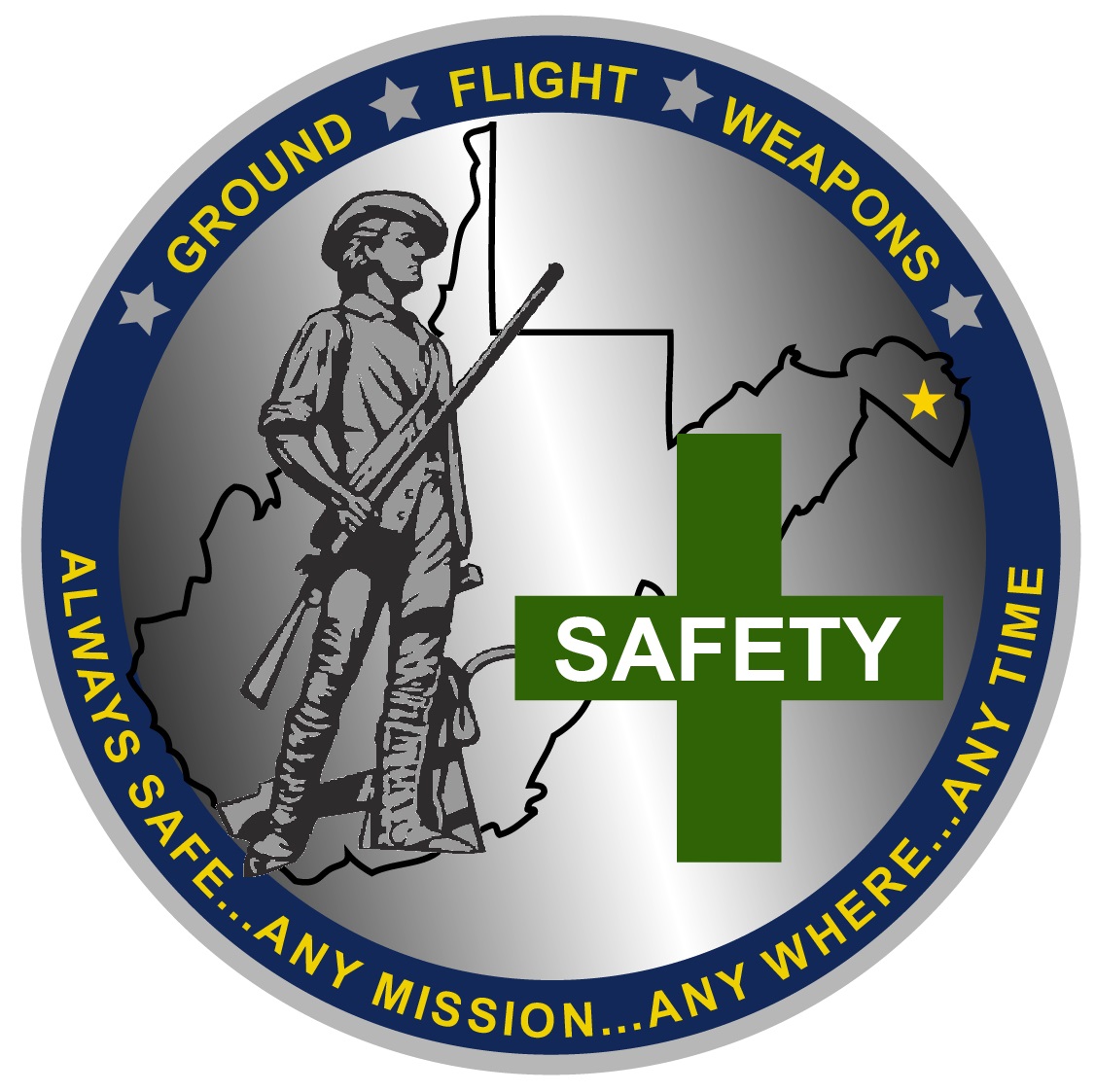Information
-
Audit Title
-
Client / Site
-
Conducted on
-
Prepared by
-
Location
-
Personnel
Facility Inspection
Safety Inspection
Housekeeping
-
Are floors and walking surfaces kept free of potential tripping hazards such as tools, electrical cords, air hoses, materials and liquids?)? AFI 91-203 para. 5.1
-
Are fire rated ceiling tiles damaged and in need of replacement? AFI 91-203 para. 5.6
-
Are heavy objects stored on tops or edges of tall cabinets, office shelving, bookshelves or desks where they may fall. AFI 91-203 para. 10.5.3.
-
Do clothing lockers have items stacked on top of them? AFI 91-203 para. 5.10.8
-
Are all lighting fixtures utilizing self-locking tubes, if not do they have lens shields over the tubes? AFI 91-203 para. 5.8
-
Are heavy materials stored in the bottom of file cabinets instead of placing objects in the top drawers, thus making the cabinet top heavy? AFI 91-203 para. 10.5.5.1.
-
Is the load size and rating shall be posted on the storage rack/shelving unit? AFI 91-203 para. 35.2.5.2.
-
Is the load size and rating of storage rack/shelving shall be determined by the manufacturer's specifications or by a qualified person if manufacturer's specifications do not specify the load size and rating for the storage racks/shelving? AFI 91-203 para. 35.2.5.1.
Fire Protection
-
Are building managers doing a visual fire extinguisher inspection monthly and documenting it on AF10? AFI 91-203 para. 6.2.4.7.
-
Are the access routes to the fire extinguishers unobstructed? AFI 91-203 para. 6.2.4.5.
-
Is any of the fire detection, suppression, or alarm systems or devices painted, blocked, or obstructed in any manner? AFI 91-203 para. 6.2.14.
-
Are exit doors and pathways unobstructed and have access to open? OSHA 1910.37 (a)(3), AFI 91-203 chapter 6.
-
Are exits illuminated by sign or emergency lighting? OSHA 1910.37 (b)(1) & 1910.37 (b)(6), AFI 91-203 Chapter 6.
-
Is the exit headroom at least 6 feet 8 inches from floor level to the top of the doorframe? OSHA 1910.36 (g)(1), AFI 91-203 Chapter 6.
-
Is word "EXIT" less than 6 inches tall? OSHA 1910.37 (b)(7), AFI 91-203 Chapter 6.
-
Is the route of exit plainly visible from all areas within the workplace? OSHA 1910.37 (b)(4), AFI 91-203 Chapter 6.<br>
-
Are elevator's inspected annually by a certified inspector? Certification shall be posted in the cab of the elevator in the view of all passengers. AFI 91-203 para. 10.7.4.
Walking/Working Surfaces
-
Are machines/desks positioned so it will not be necessary for an operator to stand in a passageway, aisle or exit access? AFI 91-203 para. 7.2.1.1.1
-
Is there at least 18 inches provided for passageways through or between movable obstructions? AFI 91-203 para. 7.2.1.1.4
-
Are floors of all shops, service rooms, halls and storerooms kept clean and free of slippery substances? AFI 91-203 para. 7.2.1.2.2
-
Are drip or oil pans used whenever the possibility of spilling or dripping exists? AFI 91-203 para. 7.2.1.2.
-
Is procurement of ladders consistent with AFI 91-203 Chapter 7? Are ladders inspected prior to being placed in service and every 3 years? Do personnel preform visual pre-use inspection of ladders? Are ladders marked with warnings for the appropriate hazards, i.e. electrical hazards? Are ladders stored standing up secured to prevent falling on to personnel? AFI 91-203 para. 7.4.2.1., 7.4.3.1., 7.4.3.2., 30.6.5.
-
Mezzanines - Are signs identifying the floor load capacity permanently installed in plain view of all workers? AFI 91-203 para. 7.2.1.3
-
Are all pieces of equipment/furniture and machinery arranged to permit an even flow of materials? AFI 91-203 para. 7.2.1.1.1
-
Are formally, fully documented inspections of all fixed ladders accomplished upon installation and at least every three (3) years thereafter? AFI 91-203 para. 7.4.3.1.
Electrical
-
Do electrical outlets have cover plates and are they secured properly? Are they cracked or damaged? AFI 91-203 para. 8.6.
-
Is proper lighting provided through work center? For example 5 foot candles for hallway lighting through 100 foot candles for extremely fine or detailed work. AFI 91-203 para. 44.5.15
-
Receptacles that are located in damp or wet locations, do they have the proper ground fault circuit interrupters? Is a GCFI installed? AFI 91-203 para. 8.9.7 & 8.2.
-
Is the prohibition of multiple plug adapters enforced to prevent overloading electrical circuits? AFI 91-203 para. 8.2.1
-
Are high wattage appliances (microwaves, refrigerators, & coffee makers) plugged directly into an outlet?
-
Are any electrical extension cords being used as a substitute for fixed wiring? AFI 91-203 para. 8.4.1.3.
-
Are cords inspected frequently by the user for signs of fraying, cracking, wearing, or any damage that could indicate a possible short-circuit? AFI 91-203 para. 8.5.
-
Are circuit breaker breakers and fuse boxes legibly marked to indicate their purpose? Are they free of obstructions (30 inches clearance)? AFI 91-203 para. 8.5.
-
Are flexible power cords routed through walls, ceilings, floors, doorways, windows, etc. 91-203 para. 8.4.1.4.
-
Are flexible power cords concealed behind walls, dropped ceilings, or floors? AFI 91-203 para. 8.4.1.5.
-
Are electrical outlets, switches, junction boxes in good condition and have cover plates installed? Are all unused openings in switch housings securely covered (knock-out plates)? 91-203 para. 8.6.
Office Safety
-
Does this facility have office areas?
-
Are all floor areas kept clean, dry and free of refuse? AFI 91-203 para. 10.2.2.1
-
Are telephone and electrical cords located where they do not pose a tripping hazard? AFI 91-203 para. 10.2.2.1
-
Are all defects, such as floor tiles, broken steps, torn carpet or curled mats identified until repaired or replaced? AFI 91-203 para. 10.2.2.2
-
Are heavy materials stored in the bottom of file cabinets? AFI 91-203 para. 10.5.5.1
-
Is access to fuses, circuit breakers and electrical controls clear and unobstructed? AFI 91-203 para. 10.5.7.6
Machinery
-
Does this facility have Machinery?
-
Are fan blades guarded when the blades are less than seven (7) feet above the floor or working level? AFI 91-203 para. 18.7.55
-
Are machines designed for fixed location operation securely anchored to the floor? OSHA 1910.212(b)
Emergency Eyewash Station/Showers
-
Does this facility have emergency eyewash stations/showers?
-
Are emergency shower and eyewash units located so the water spray does not contact any electrical circuit? AFI 91-203 para. 19.5
-
Are permanently-installed and self-contained units installed in a fixed location identified with a highly visible sign and well lighted? AFI 91-203 para. 19.6.2
Pipe Coloring and Coding
-
Does this facility have Pipe Coloring and Coding?
-
Are piping systems labeled and color coded IAW guidance in AFI 91-203 para. 20.3.4
-
Are compressed air line outlets marked or labeled with the maximum working pressure? AFI 91-203 para. 32.11.2.7
Cranes/Hoists
-
Does this facility have cranes or hoists?
-
Are inspections of manual hoisting and pulling devices conducted annually? AFI 91-203 35.5.2.3.2
-
Do identification tags attached to hoists include date of annual inspection, date of load test, and capacity of hoist and identification number of hoist? AFI 91-203 35.5.2.3.3
-
Are inspections of hoists and related equipment performed periodically and documented per requirements of AFI 91-203 para. 35.1.1? AFI 91-203 para. 35.6.3.5.2
-
Have operational (no load) and load tests been performed on all new hoists and those which have had load-suspension parts altered, replaced or repaired? AFI 91-203 para. 35.6.3.7.1
-
Are annual load tests performed on hoists required to lift critical loads? AFI 91-203 para. 35.6.3.7.4
-
Are records of periodic inspections, repairs and tests of hoists maintained indefinitely? AFI 91-203 para. 35.6.3.8
Vehicle Operations
-
Is this facility a vehicle operations building?
-
Are all shop entrances and exits clearly marked and well lit? (AFI 91-203 para. 32.4.4
-
Are building obstructions, if applicable, clearly marked with reflective tape or paint, with 3 inch wide stripes, and marked up 4feet from the ground? AFI 91-203 para. 32.4.4
-
Is 50 foot-candles maintained at the worker’s position? AFI 91-203 32.4.12
Hangar Floor Markings
-
Is this a facility a Hangar?
-
Is a clear zone of 5 feet established around hazardous areas of hangar doors? AFI 91-203 para. 24.14.4.4
-
Are clear zones marked with solid yellow or yellow with black stripes IAW 91-203 Chapter 7? AFI 91-203 24.14.4.1
-
Is a minimum of a 14x20 sign painted on the floor “Danger”, “Hazardous Area – Stand clear during door operations”? AFI 91-203 para. 24.14.4.2
-
Is a “Danger” sign placed next to hangar door controls with a message stating: “Only qualified personnel authorized by the squadron commander may operate hangar doors”? AFI 91-203 para. 24.14.4.3
-
Does a continuous alarm sound within 5 seconds of hangar activation? AFI 91-203 para. 24.14.7
Commercial Kitchen
-
Does this facility have a Commercial Kitchen?
-
Are hood and exhaust ducts thoroughly cleaned every six (6) months, or more frequently when determined by the installation FES Flight? AFI 91-203 para. 6.2.2.2.3
-
Are deep fat fryer thermostats tested annually and after any repairs or as recommended by manufacturer? AFI 91-203 para. 6.2.2.2.6
Compressed Gas Storage
-
Are cylinders capped and secured when not in use? AFI 91-203 para. 40.3.1.
-
Are cylinders secured to a solid fixture while attached to a manifold? AFI 91-203 para. 40.5.6.
-
Are oxygen cylinders stored at least 20 feet from combustible materials (i.e. oil, grease), or near any other substance likely to cause or accelerate fire? AFI 91-203 para. 40.3.6.
Signatures
-
Report Routing
-
Facility Manager Signature:
-
Notification
-
Commander Signature:
-
Notification
-
Safety Office Signature:
-
Notification
